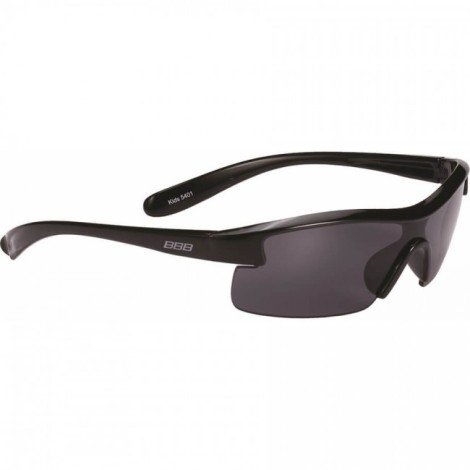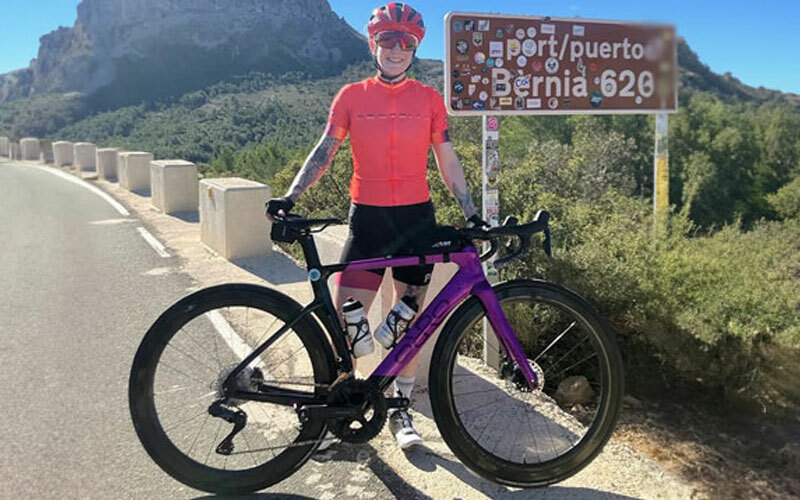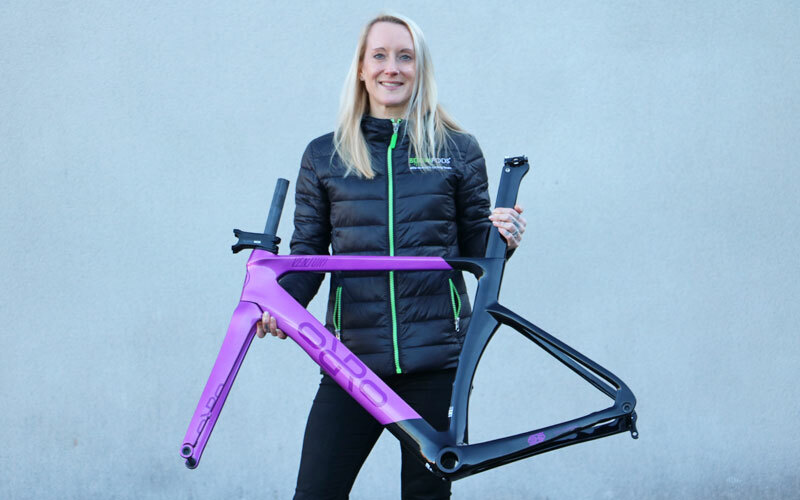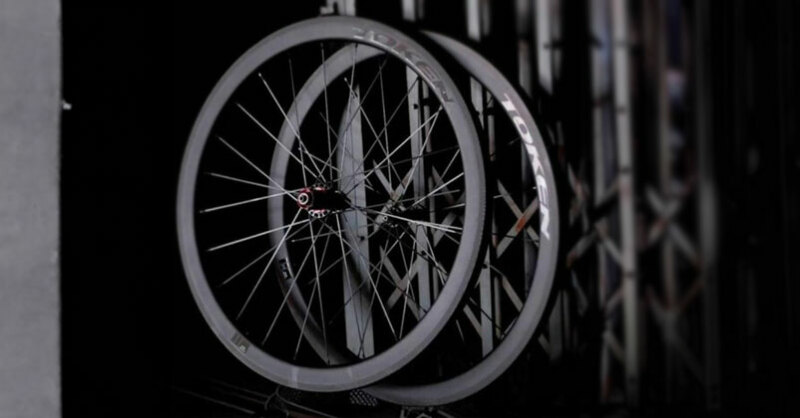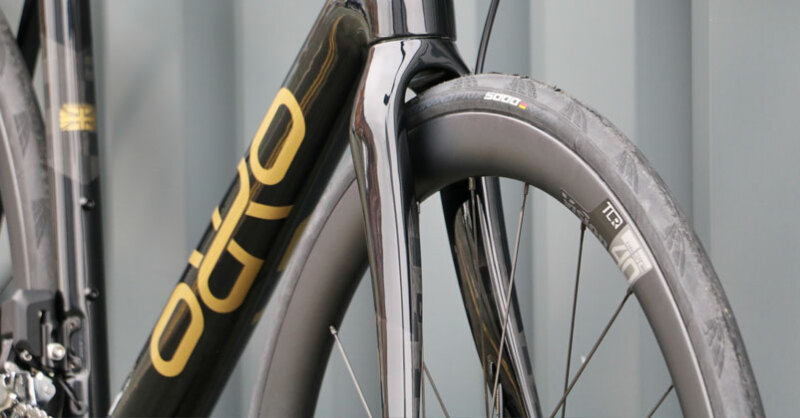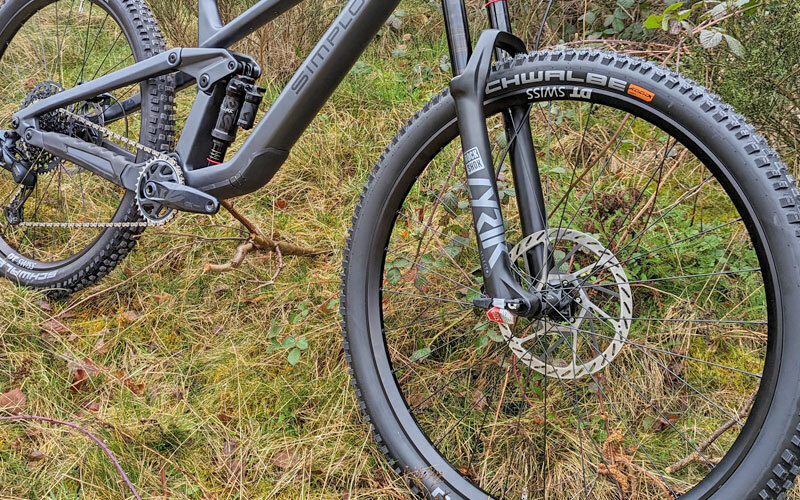Kids Bike Guide
Bikes aimed at youngsters differ from adult bikes. They are targeted towards their recommended age group and their level of development. From balance bikes suitable for helping develop little ones fine motor skills, to those just a little smaller than adult bikes, all ages are well catered for. Well-made kids bikes last well. They are ideal for either passing on to siblings, or re-selling when they are outgrown.
.jpg)
What’s the difference between kid’s bikes?
Kids bikes come in all shapes and styles, the main differences are in their size and the age of child they are aimed towards. Here is an approximate guide to suggested bike types at different age groups.
.jpg)
18 Months+ / Balance Bikes
Balance bikes are designed to get very young riders balancing by themselves, picking up the essential skill of balancing and fine motor skills With no pedals, they are propelled by foot power – also useful for parents to keep up. The other big plus for parents is that balance bikes tend to be very light and easy to transport. Progressing to pedal bikes is usually much easier from a balance bike, compared to a bike with stabilizers.
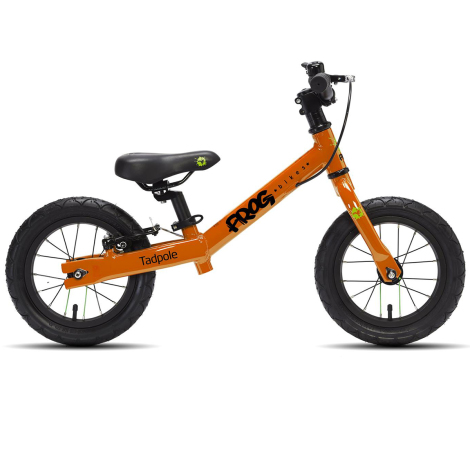
2 – 4 Years / 12 Inch Wheels
These are often the bikes that help young riders get to grips with pedaling. The small wheels and frame ensure it isn’t too daunting. Bikes in this category tend to be single geared and either coaster brake / regular brakes, at this age some kids are still developing hand strength to operate the brake. The frame is either steel or on slightly more expensive bikes, aluminium. The good points for aluminium are that it is light weight and does not rust, useful if you want the bike to look and operate well for younger siblings in the future.
2 – 5 Years / 14 inch Wheels
These bikes are pretty similar to 12" wheel models above, but with slightly larger wheels. The increase in wheel size from 12” aids stability, speed and can offer a smoother ride. Depending on the size of the child, many parents head towards 14” bikes from balance bikes.
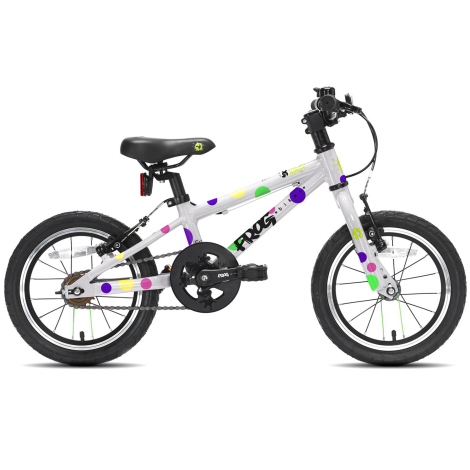
4 – 6 Years / 16 inch Wheels
As youngsters get more proficient and skilled, slightly bigger bikes tend to get more use at the local park with friends or keeping up with parents on bike paths. Bikes with 16” wheels feature steel or aluminium frames. Bikes such as the Frog 44 use aluminium frame and components to keep the weight down to 6KG. Front and rear brakes are more common on 16 inch bikes, make sure levers are child specific and easily reachable.
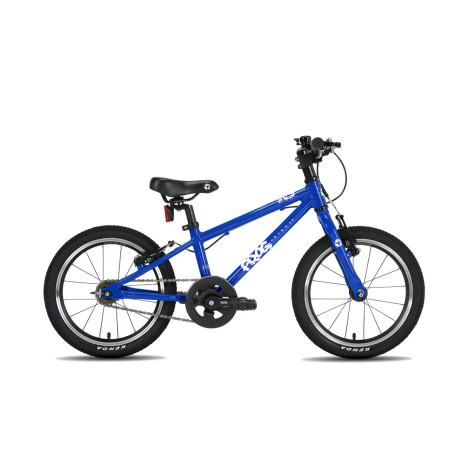
7 – 9 Years / 20 inch Wheels
This age group tend to have mastered the basics of balancing and stopping and starting. Many 20 inch bikes come with derailleur gears to allow more varying terrain to be tackled, and more fun to be had! The downside to adding gears is increasing weight, however as kids are developing and getting stronger, the benefit of gears opening up new opportunities outweighs this. This age group are developing their freedom and adventurous side, gears and brakes make adventures possible that they might well look back in in years to come.
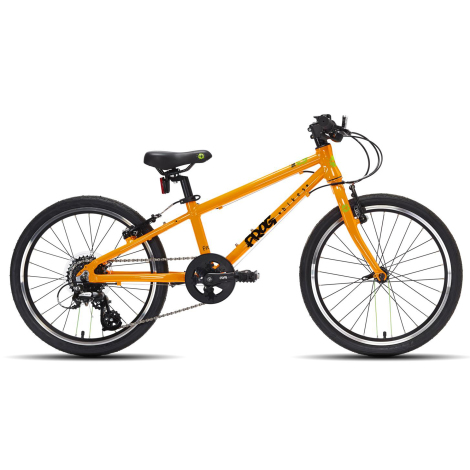
9 – 11 Years / 24 inch Wheels
These bikes often are the stepping stone into the world of adult bikes. There are more styles of bike available in this size, depending on what type of riding they are in to. Derailleur gears are much more prevalent in this size of bikes, suspension on 24” mountain bikes is also fairly common. These extra features and bigger size frame & wheels, make it even more important to choose aluminium frames / wheels and components. Bikes in this size will feature rim or disc brakes and components such as cranks, sized appropriately.
11 Years + / 26 inch Wheels
This is the upper end of the kid’s bike sizes, before the move to adult’s extra small and small bikes. Expect to see similar specifications to adult bikes, so aluminium frames, wheels and components are the ‘norm’ on decent quality bikes. Rim and disc brakes are available on a range of bike styles for this age group, which mirrors those of adults; road, mtb and even some kids gravel bikes.
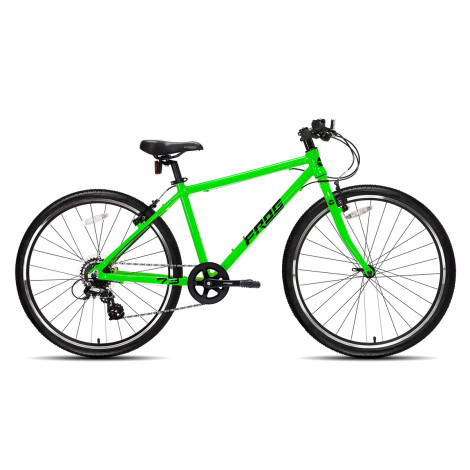
Nitty Gritty on Kids Bikes
Sizing / Age The above guide to sizing and age is a very approximate guide and based on averages, don’t be concerned that your little one is too small or large for the recommended sizes. Growth and development are not linear and are not precisely predictable by age.
Essential Accessories
Helmet
As well as the bike, youngsters will need a helmet. If very young riders get accustomed to wearing a helmet, by the time they get more adventurous (and daring), the chances are they will automatically put their helmet on to protect from inevitable spills.
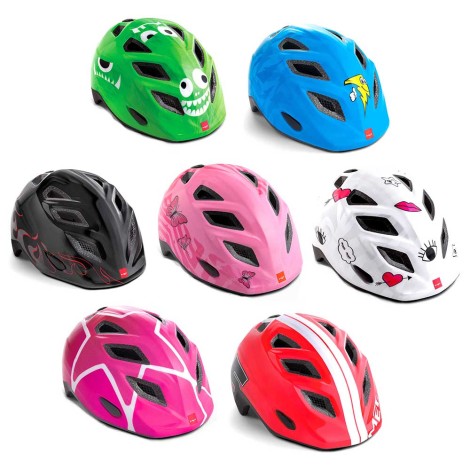
Gloves
Gloves also do a great job of keeping skin on hands. Fingerless gloves / mitts are great for summer rides and full finger gloves offer more protection for MTB riding and cooler, wetter months.
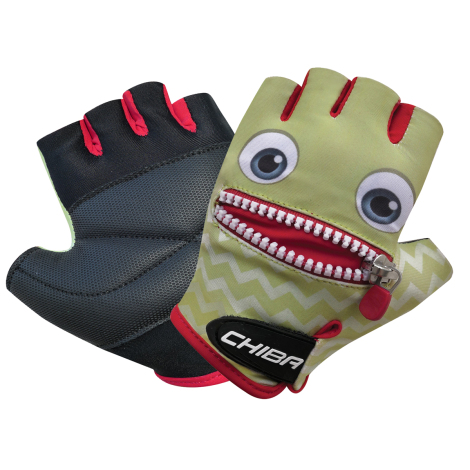
Clothing
Kids cycling clothing has moved on significantly in recent years, with major adult cycling clothing manufacturers now also focusing on clothing for kids. Specific clothing improves comfort while riding, enabling longer and more challenging rides. Wet weather clothing is also great for reducing mid ride moans of, “are we nearly there yet” – allowing a more relaxed focus on the important stuff, such as splashing through puddles.
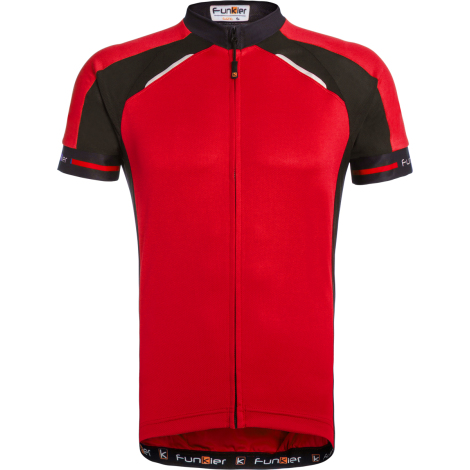
Glasses
Cycling glasses even with very young riders are a good idea. With spring and summer bike rides often coinciding with flying insects being prevalent, protecting delicate eyes is very worthwhile.
